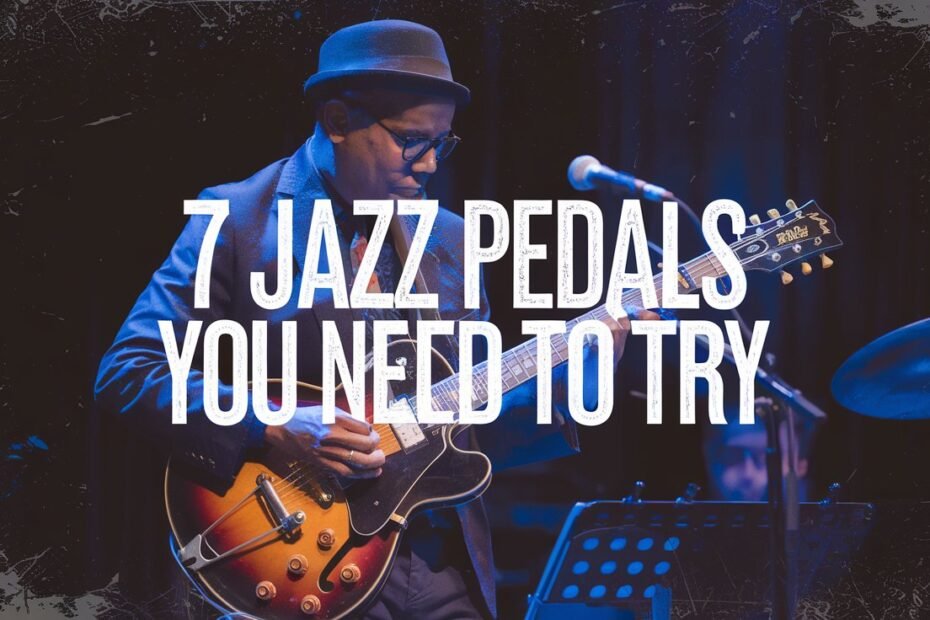So, you’re a jazz guitarist. You crave warm, articulate tones, and your playing is smoother than a fresh jar of peanut butter.
But let’s be real—your guitar tone could use a little something. The right pedals can elevate your sound, adding depth, warmth, and clarity without messing up the natural beauty of your instrument.
Now, I know what you’re thinking: „Jazz guitarists don’t need pedals, right?” Well, true—Wes Montgomery didn’t exactly have a pedalboard the size of a spaceship. But times have changed, and if Jim Hall, John Scofield, and Pat Metheny can use pedals, so can you.
TL;DR – The Best Guitar Pedals For Jazz
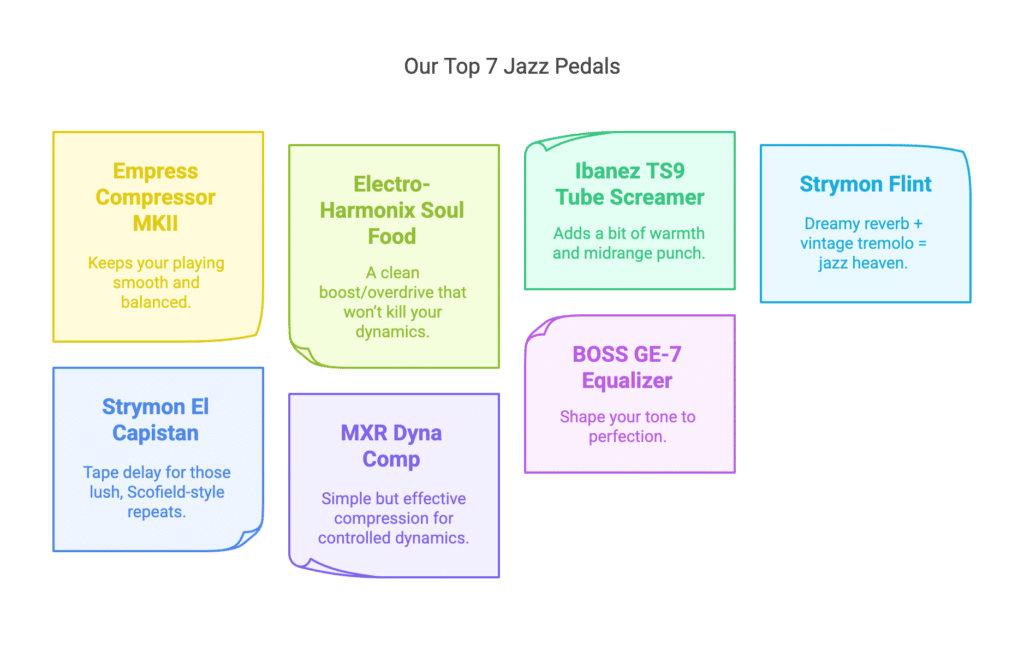
If you’re in a hurry, here’s the quick (subjective) list of the best pedals for jazz:
- Empress Compressor MKII – Keeps your playing smooth and balanced.
- Electro-Harmonix Soul Food – A clean boost/overdrive that won’t kill your dynamics.
- Ibanez TS9 Tube Screamer – Adds a bit of warmth and midrange punch.
- Strymon Flint – Dreamy reverb + vintage tremolo = jazz heaven.
- Strymon El Capistan – Tape delay for those lush, Scofield-style repeats.
- MXR Dyna Comp – Simple but effective compression for controlled dynamics.
- BOSS GE-7 Equalizer – Shape your tone to perfection.
Now, let’s get into why these pedals are worth your hard-earned cash.
1. Empress Compressor MKII – The „Secret Sauce” of Jazz Tone
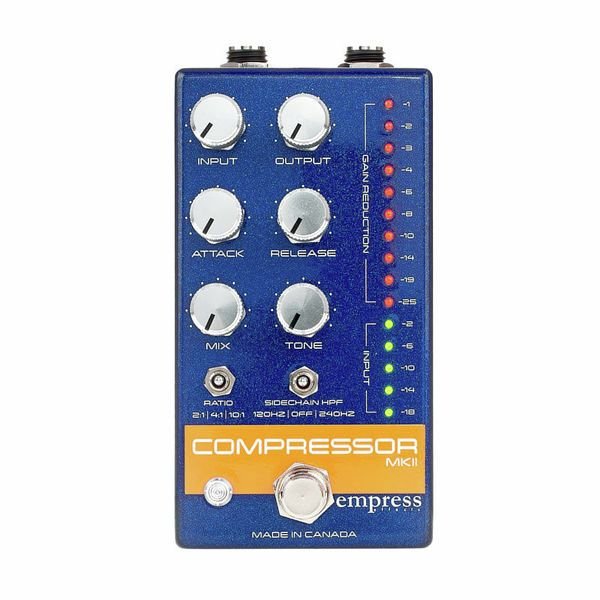
Why jazz guitarists love it:
- Keeps your tone balanced and controlled without sounding squashed.
- Blend knob lets you mix your dry signal back in (so it’s not too obvious).
- Attack & release controls let you dial in a natural feel.
- Works on both clean and slightly overdriven tones.
Every jazz player should have a compressor—especially if you like fluid legato lines or fingerstyle playing. The Empress MKII is a studio-quality comp in a pedal-sized box, making sure every note in your chord melodies or bebop runs sounds even and clear.
🔥 Pro tip: Run it before your overdrive for a smoother, natural response.
Worth Reading: 6 Best Pedals For Ambient & Shoegaze
2. Electro-Harmonix Soul Food – A Boost with a Touch of Magic
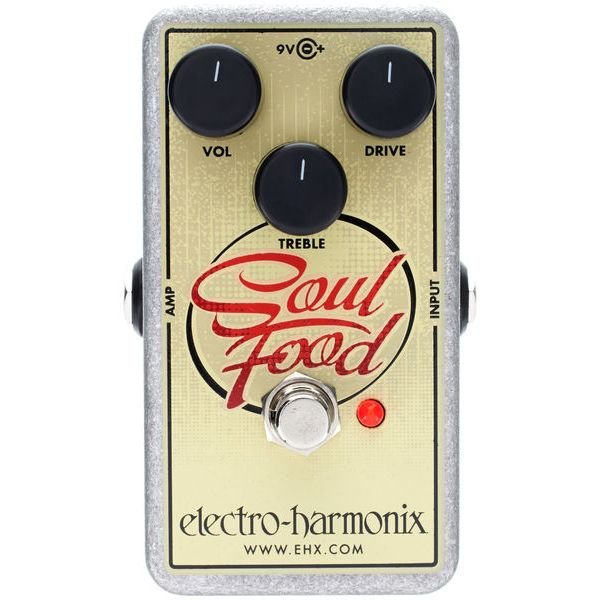
Why jazz guitarists love it:
- Clean boost + transparent overdrive = warm, natural breakup.
- Keeps your dynamics and articulation intact (important for jazz).
- Sounds amazing through tube amps for extra warmth.
The Soul Food gives you a little more „oomph” without making your tone sound like a rock concert. If you want just a hint of grit on your leads—think Grant Green or Scofield—this is the way to go. Plus, it works brilliantly as a clean boost if you want to push your amp without altering your tone.
3. Ibanez TS9 Tube Screamer – The OG of Smooth Overdrive
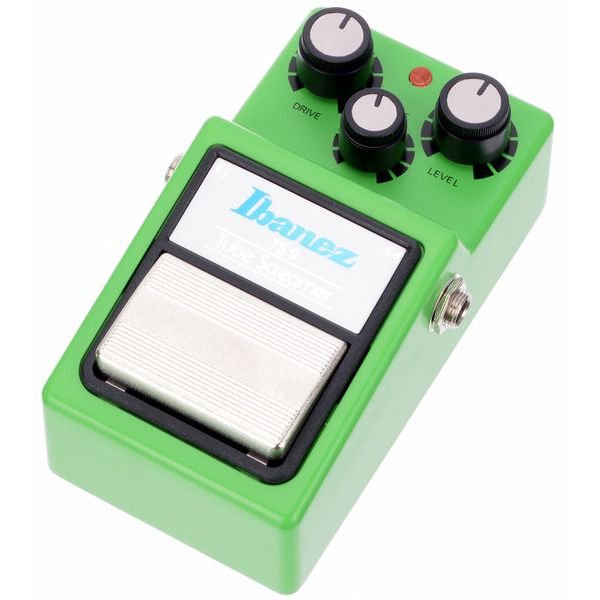
Why jazz guitarists love it:
- Classic midrange boost—perfect for warm, fat lead tones.
- Doesn’t overpower your dynamics (still sounds like you).
- Cuts through a mix without being harsh.
The Tube Screamer has been used by literally everyone, from Stevie Ray Vaughan to John Mayer. But jazz players? Yep, they love it too. It adds sustain, warmth, and a touch of grit, making it perfect for expressive solos.
🔥 Pro tip: Keep the gain low and the volume high—this lets you push your amp naturally.
Looking for something cheaper? Have a look on these 8 best TC Electronic effects!
4. Strymon Flint – Jazz Club Ambience in a Box
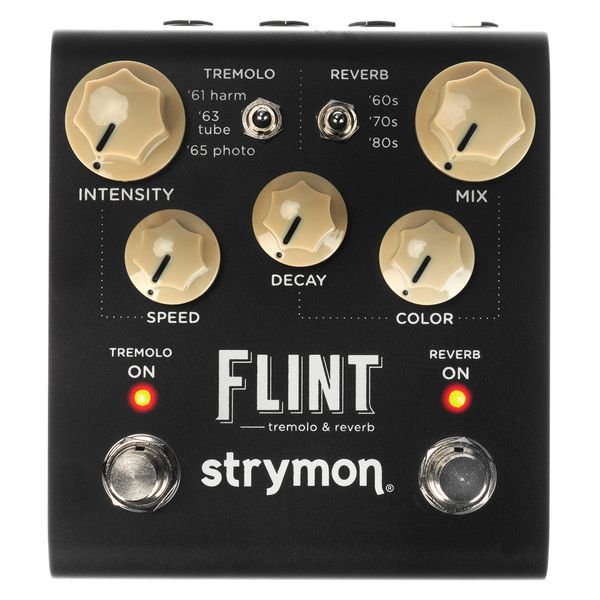
Why jazz guitarists love it:
- Three stunning reverbs (60s, 70s, and 80s-style).
- Lush, vintage-style tremolo that makes comping dreamy.
- Analog feel despite being digital (you won’t even notice).
Let’s face it: jazz guitar without reverb is like coffee without cream. The Strymon Flint gives you everything from subtle room ambiance to deep, spacey washes. Oh, and the tremolo? Chef’s kiss. If you love old-school jazz tones, this is the pedal.
If you’re not sure if reverb pedals are actually worth it, make sure to read our reverb guide.
🔥 Pro tip: Pair it with a hollow body and a clean amp—thank me later.
5. Strymon El Capistan – Tape Delay for a Vintage Feel
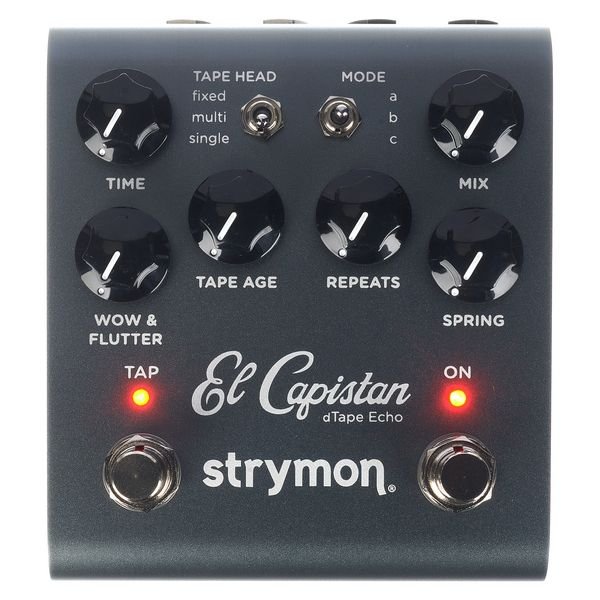
Why jazz guitarists love it:
- Emulates classic tape delay (warm, slightly wobbly repeats).
- Adds depth and dimension without overpowering your playing.
- Spring reverb included for extra lushness.
Want that John Scofield-style delay? The El Capistan is the answer. Unlike digital delays that can sound sterile, this warm, analog-inspired echo sits beautifully in a jazz mix. Whether you want short slapback or long, ambient repeats, this pedal has you covered.
🔥 Pro tip: Use a single repeat with low mix for a natural, spacey feel.
You may also like: 7 Best Pedals For Worship
6. MXR Dyna Comp – Simple, Effective Compression
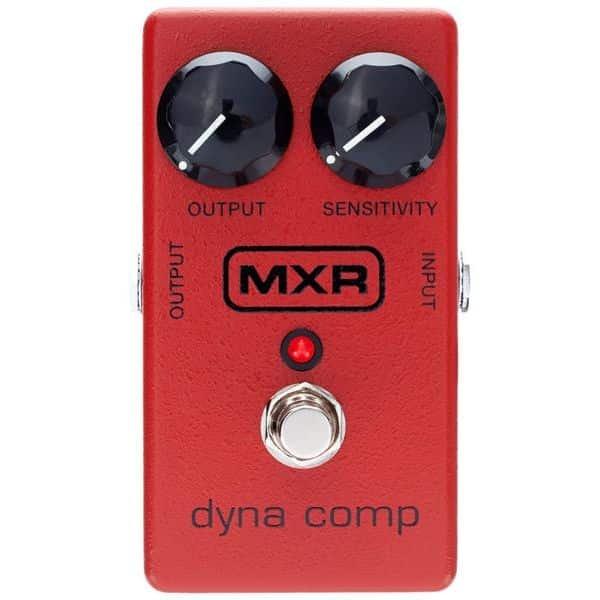
Why jazz guitarists love it:
- Super easy to use (two knobs: output & sensitivity).
- Adds a nice evenness to your playing.
- Works great for clean tones and light overdrive.
If the Empress Compressor feels like too much tweaking, the Dyna Comp is your plug-and-play alternative. It keeps your chords even and your solos smooth without overthinking things.
🔥 Pro tip: Keep the Sensitivity low to avoid squashing your dynamics.
7. BOSS GE-7 Equalizer – The Underrated Tone-Shaper
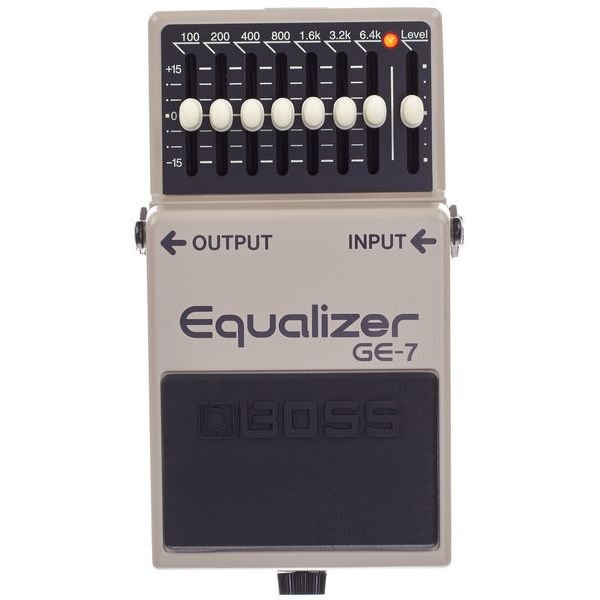
Why jazz guitarists love it:
- Boost or cut 7 different frequency bands.
- Tames harsh highs or boosts warm mids.
- Works as a clean boost for solos.
An EQ pedal is like a secret weapon—it lets you dial in the perfect jazz tone, whether you’re playing warm, fat chords or singing lead lines. The BOSS GE-7 is affordable, easy to use, and can even act as a solo boost when needed.
🔥 Pro tip: Cut some highs for a darker tone or boost mids for a fatter sound.
My Choice?
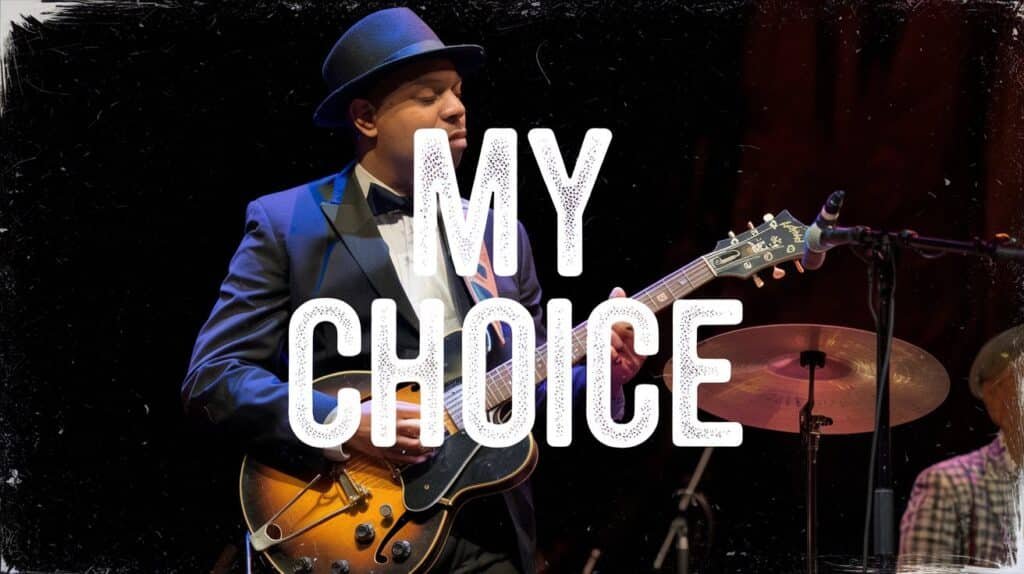
If I had to pick just one pedal for jazz? The Strymon Flint. No contest.
The combination of tremolo and reverb takes any clean jazz tone and elevates it to an entirely new level. Whether you’re playing classic swing, modern fusion, or fingerstyle jazz, the Flint adds that extra depth and warmth that makes your guitar sound alive.
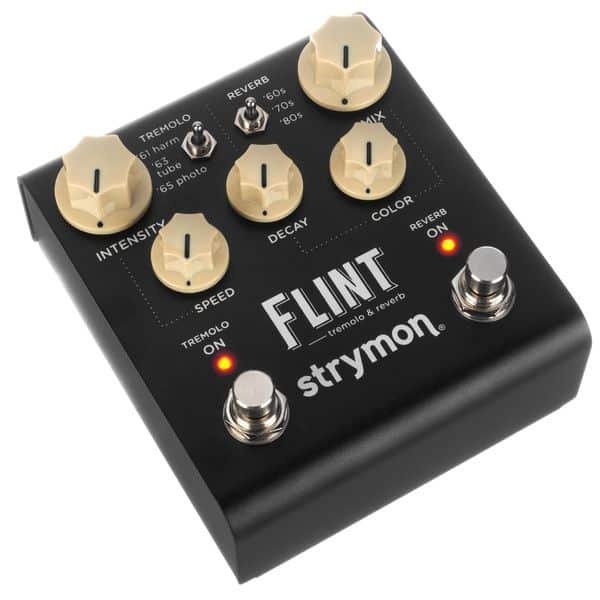
The reverb alone is worth the price—it can make a solid-state amp sound lush and organic, while the tremolo adds a subtle movement that makes chord melodies and comping feel buttery smooth.
That said, no single pedal can do it all. If you’re serious about your jazz tone, a compressor, an EQ, and a clean boost are non-negotiable.
The Empress Compressor MKII keeps your notes even and controlled without flattening the dynamics. The BOSS GE-7 Equalizer is the ultimate tone-shaper, letting you dial in a fat, warm sound or cut through a mix when needed.
And a boost pedal, like the Electro-Harmonix Soul Food, ensures that your amp gets just enough push to bring out its sweet spot without unnecessary grit or harshness.
But hey, if you’re just getting started and want the best bang for your buck, reverb, EQ, and compression are the holy trinity of jazz pedals.
Get those three dialed in, and your guitar will sing like Wes Montgomery at a Sunday jam session.
My Ratings: How Do These Pedals Stack Up?
Here’s my personal rating for each of these pedals based on their usefulness for jazz players:
| Pedal | Function | Jazz Friendliness | My Rating |
|---|---|---|---|
| Strymon Flint | Reverb & Tremolo | Essential for vintage vibes | ⭐⭐⭐⭐⭐ |
| Empress Compressor MKII | Compression | Smooths out dynamics beautifully | ⭐⭐⭐⭐⭐ |
| Electro-Harmonix Soul Food | Clean Boost/Overdrive | Transparent, works great as a boost | ⭐⭐⭐⭐ |
| Ibanez TS9 Tube Screamer | Overdrive | Great for warm mids and sustain | ⭐⭐⭐ |
| Strymon El Capistan | Tape Delay | Perfect for ambient jazz leads | ⭐⭐⭐⭐ |
| MXR Dyna Comp | Compression | Simpler than the Empress but still solid | ⭐⭐⭐ |
| BOSS GE-7 Equalizer | EQ & Boost | Shapes your tone like a pro | ⭐⭐⭐⭐⭐ |
Would I put all these pedals on my board at the same time? Probably not. But depending on your playing style and amp, at least three or four of them will be absolute game-changers for your jazz tone.
Do You Really Need Pedals for Jazz?
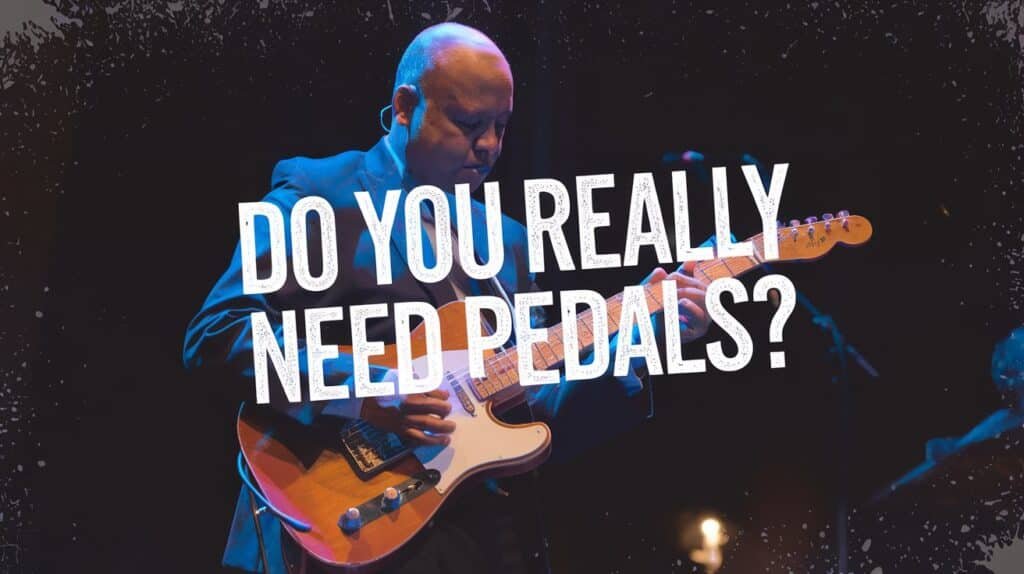
The short answer? No. But the real answer? Absolutely.
Let’s be real—traditional jazz guitarists built their legendary tones without fancy effects. Wes Montgomery, Joe Pass, and Django Reinhardt didn’t have elaborate pedalboards. They relied on great guitars, great amps, and their fingers. If you want a pure, old-school jazz sound, all you really need is a hollow body guitar and a tube amp with a little bit of reverb.
But here’s the thing: modern jazz is a different beast.
If you’re playing fusion, smooth jazz, or contemporary jazz, effects can help shape your sound without taking away the organic feel of your playing. Even if you only use one or two pedals, they can elevate your tone, add sustain, and make your playing feel more expressive. A good compressor, a subtle overdrive, and an EQ can go a long way in making your tone fuller, richer, and more dynamic.
So, do you need pedals? No. But will they make your life easier and your tone better? Yes. Even the purists can’t deny that a little reverb and EQ tweak makes a huge difference.
FAQ – Everything You Wanted to Know About Jazz Pedals
Q: Do jazz guitarists actually use pedals?
A: Yep! While traditional jazz players kept it simple, modern jazz guitarists—from John Scofield to Kurt Rosenwinkel—use pedals to shape their sound. Even if you’re a purist, a subtle reverb, compressor, or EQ tweak can make a massive difference.
Q: What’s the most important pedal for jazz guitar?
A: Reverb, EQ, and compression. If you want a warm, balanced tone with depth and clarity, these three are essential.
Q: Is overdrive necessary for jazz?
A: Not always, but a touch of low-gain overdrive (like a Tube Screamer or Soul Food) can add warmth and sustain without making you sound like a rock player. Think Grant Green or Scofield, not Metallica.
Q: Should I use delay in jazz?
A: Depends on your style. Classic jazz players? Probably not. But for fusion, ambient, or modern jazz, a tape-style delay (like Strymon El Capistan) can add space and character.
Q: Where should I place my pedals in the signal chain?
A: The golden rule:
- Compressor (first) – Smooths out dynamics.
- Overdrive/Boost – Pushes the amp.
- EQ – Shapes the tone.
- Modulation (Tremolo/Chorus) – Adds movement.
- Reverb & Delay (last) – Adds depth and ambiance.
Q: Do I need a big pedalboard for jazz?
A: Not at all. You can get away with 3–4 pedals (Reverb, Compressor, EQ, and maybe a boost) and still have a killer jazz tone.
Q: Are there any jazz players who use a lot of pedals?
A: Yes! John Scofield, Pat Metheny, Bill Frisell, and Kurt Rosenwinkel all use multiple effects to create their signature tones. It’s all about how you use them.
Final Thoughts – Jazz Guitar Pedals: Friend or Foe?
Jazz guitar is all about tone, expression, and feel. The right pedals will enhance your natural sound without making you sound artificial.
If you’re a jazz purist, a touch of reverb and EQ is all you need. If you’re into modern jazz, fusion, or ambient styles, delay, tremolo, and compression will expand your sound without compromising your core tone.
At the end of the day, pedals are just tools to help you shape your sound. The most important thing? Your fingers, your touch, and your ears.
